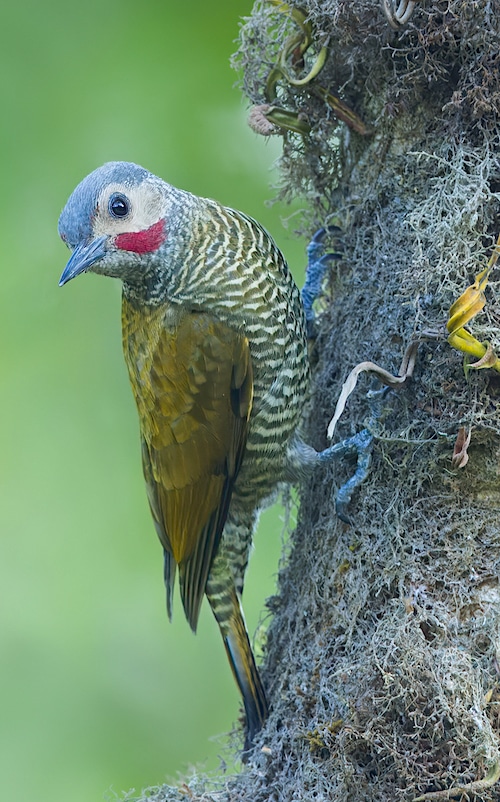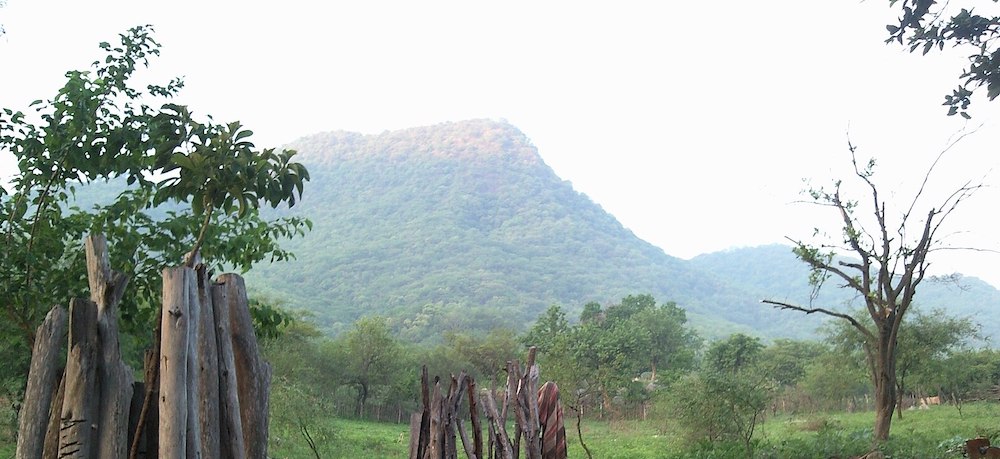Free and Sovereign State of Sinaloa

Sinaloa is bordered to the north by Sonora and Chihuahua; to the south, by Nayarit; to the east by Durango, and to the west, across the Gulf of California, Baja California Sur. The eighteen ‘municipios’ of Sinaloa are home to over three million people, 60% of whom live in and around the state capital, Culiacán on the river of the same name. The coastal plain is a narrow strip of land that stretches along the length of the state and lies between the ocean and the foothills of the Sierra Madre Occidental Range, which dominates the eastern part of the state. Sinaloa is traversed by many rivers, which carve broad valleys into the foothills. The largest of these rivers are the Culiacán, Fuerte, and Sinaloa.
Sinaloa has a warm climate on the coast side, moderate-warm in the valleys and foothills, moderate-cold in lower elevations and cold in the highest ones. Its weather characteristics vary from subtropical, found on the plains, to cold in the nearby mountains. Temperatures range from 22° C to 43° C with rains during the summer.
Birding Sinaloa
What makes Western Mexico in general, and Sinaloa in particular, such a great birding destination? The short answer is the varied topography. Beaches and mangroves along the Pacific coast, the low elevations of the coastal strip with its fertile soils bordered by low hills higher elevations and prominent mountains to the east, as well as wetlands and rivers. All lead to variety and endemism. The coastal islands and mangroves are home to around 250 species, especially nesting seabirds from boobies to ibises and herons.

©vicente felix rubio, CC BY 3.0 via Wikimedia Commons
Inland the avifauna changes with the elevation with a plethora of raptors and, of course, hummingbirds. There’s something for every taste.
-
Wikipedia
GNU Free Documentation License
https://en.wikipedia.org/wiki/Sinaloa
-
Number of bird species: 564
(As of May 2024)
-
Avibase
PDF ChecklistThis checklist includes all bird species found in Sinaloa , based on the best information available at this time. It is based on a wide variety of sources that I collated over many years. I am pleased to offer these checklists as a service to birdwatchers. If you find any error, please do not hesitate to report them.
-
Mazatlan Bird Festival
Facebook PageThere are now hundreds of annual birds festivals, big and small, across North America and the Mazatlan Bird Festival promises to become the most important event of its kind in Latin America. Treat yourself to a birding vacation to an area of well recognized birding importance in sunny Mexico…
-
NR Cacaxtla Plateau Wildlife Refuge
InformationSatellite View -
NR Chara Pinta - Tufted Jay Preserve
Facebook PageSatellite ViewHigh above the warm coastal plains of the Mexican pacific coast in the cool forested canyons of the Sierra Madre Occidental is the Tufted Jay Preserve. This unique Preserve was created to protect the lush habitat of the spectacular and highly endemic Tufted Jay. Founded in December 2005 the Tufted Jay Preserve offers the visitor comfortable accommodations located in an area known for it's varied and rich biodiversity… -
NR Marismas Nacionales – San Blas mangroves
InformationSatellite ViewThe Marismas Nacionales–San Blas mangroves occupy an area of 2,000 square kilometers (770 sq mi) in coastal Nayarit and Sinaloa states. -
NR Meseta de Cacaxtla Flora and Fauna Protection Area
InformationSatellite ViewMeseta de Cacaxtla Flora and Fauna Protection Area is a protected area in the state of Sinaloa in western Mexico. It covers an area of 508.62 km2
-
Birdquest
Tour OperatorWESTERN MEXICO – The ultimate itinerary in the region -
Mexico Birding Tours
Tour OperatorThis birding adventure begins in Mazatlan, where we will be visiting many hotspots nearby.
-
2022 [12 December] - Pritam Baruah
PDF ReportThe endemic rich region of Western Mexico has been on my to do list for many years. I had finally booked a trip for Feb 2022 but because of a personal situation, I had to cancel it days before the trip. I hadn’t thought about planning a make-up until a last-minute travel opportunity suddenly opened in an inflexible window of time. With no time to plan, I pulled up my detailed notes from the planning that went in for the cancelled trip of Feb 2022. After gleaning that most of the targeted species were still possible in Dec (Swifts, & Eared Quetzal become extremely rare in Dec, best time overall is Feb & March), I decided to replan for Western Mexico and with some difficulty I was able to rebook the trip. -
2023 [04 April] - Pete Morris
ReportThe following morning we tried another area of thorn forest just outside Mazatlan. Hundreds of Sinaloa Crows flew from their roosts, and we soon found impressive Black-throated Magpie-Jays and more stunning Purplish-backed Jays.
